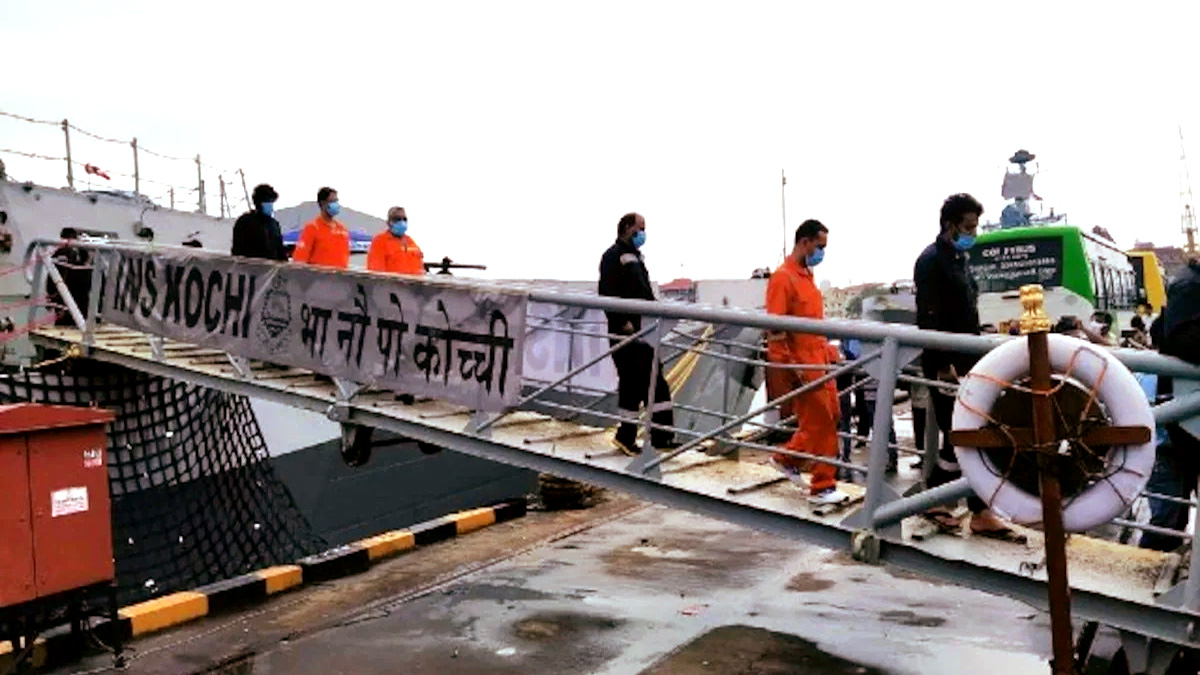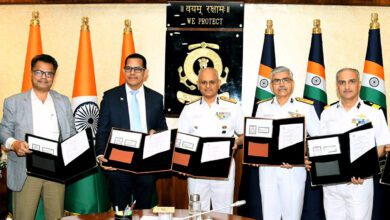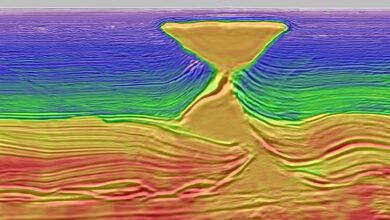Inadequate advance notice and miscalculations of cyclone Tauktae’s ferocity and its path may have contributed to a false belief that oilfield operations in the Arabian Sea need not be paused, said top sources close to ONGC whose vessels with 700 onboard were struck by the storm. A drillship of Oil and Natural Gas Corporation (ONGC) and three barges of private contractor Afcons working on the state-owned firm’s oilfield went adrift after their anchors gave away in the storm on Monday night.
A massive day-night operation by the Indian Navy, Coast Guards and ONGC vessels helped save those on the drillship and two barges, but only 186 out of 261 onboard accommodation barge Pappa 305 could be rescued. 37 persons are confirmed dead so far, while the remaining 38 are still missing.
“Installations used to find and produce oil and gas from under seabed are built to work in difficult weather conditions. In Mumbai offshore, these installations stand in water depth of between 75 meters and 200 meters,” said a source with direct knowledge of the matter.
World over offshore oil and gas operations are neither shut nor personnel evacuated in every adverse weather event.
“It is done only it is assessed that an event would be hard to handle,” he said. “Such assessment primarily depends on the weather input received by the operator.”
In the case of Tauktae, the most severe storm to hit the west coast in more than two decades, the predictions on speed, atmospheric pressure and route all went wrong, the source said.
“More importantly, it takes about a week or so to shut operations, move vessels and shift people out as per the laid down protocol for a mishap-free operation,” he said. “In the case of Tauktae, there wasn’t enough time to do so. Also, the forecast of path and ferocity also were not accurate. The time that vessels had to shift to survival mode and not go for evacuation.”
Another source said the captains of the ships are the final decision-making authority and have all powers to take any decision for the safety of the vessels and crew. All information received from the weather department and the Coast Guards were passed on to the operator as well as the captains of the four vessels, he said.
“We don’t know yet why the captains choose to do what they did during the cyclone,” the source said, adding an inquiry committee has already been set up to go into this issue in detail.
The oil ministry on Wednesday constituted a high-level committee to enquire into the sequence of events leading to the stranding of the vessels. The committee comprising Amitabh Kumar, Director General of Shipping; SCL Das, Director General of Hydrocarbons, and Nazli Jafri Shayin, Joint Secretary, Ministry of Defence will submit its report within one month.
It has been asked to inquire into the sequence of events leading to the stranding and drifting of these vessels, and subsequent events.
The Terms of Reference of the panel also include looking into, whether the warnings issued by Meteorological Department and other statutory authorities were adequately considered and acted upon and if the Standard Operating Procedures for securing the vessels and dealing with disaster management were adequately followed.
The cyclone sank P-305, which had living quarters for employees working offshore, while two other construction barges lost anchors and drifted away. Besides the barges, one drilling rig of ONGC ‘Sagar Bhushan’ with 101 people on board (37 ONGC employees and 64 contractual workers) too drifted away from its location.
Sources said all the 137 persons onboard barge ‘Gal Constructor’, which runs aground about 48 nautical miles north of Mumbai’s Colaba Point, were rescued. Also, 201 persons onboard barge ‘Support Station-3’ as well as ONGC’s drillship ‘Sagar Bhushan’ too have been brought to safety.













